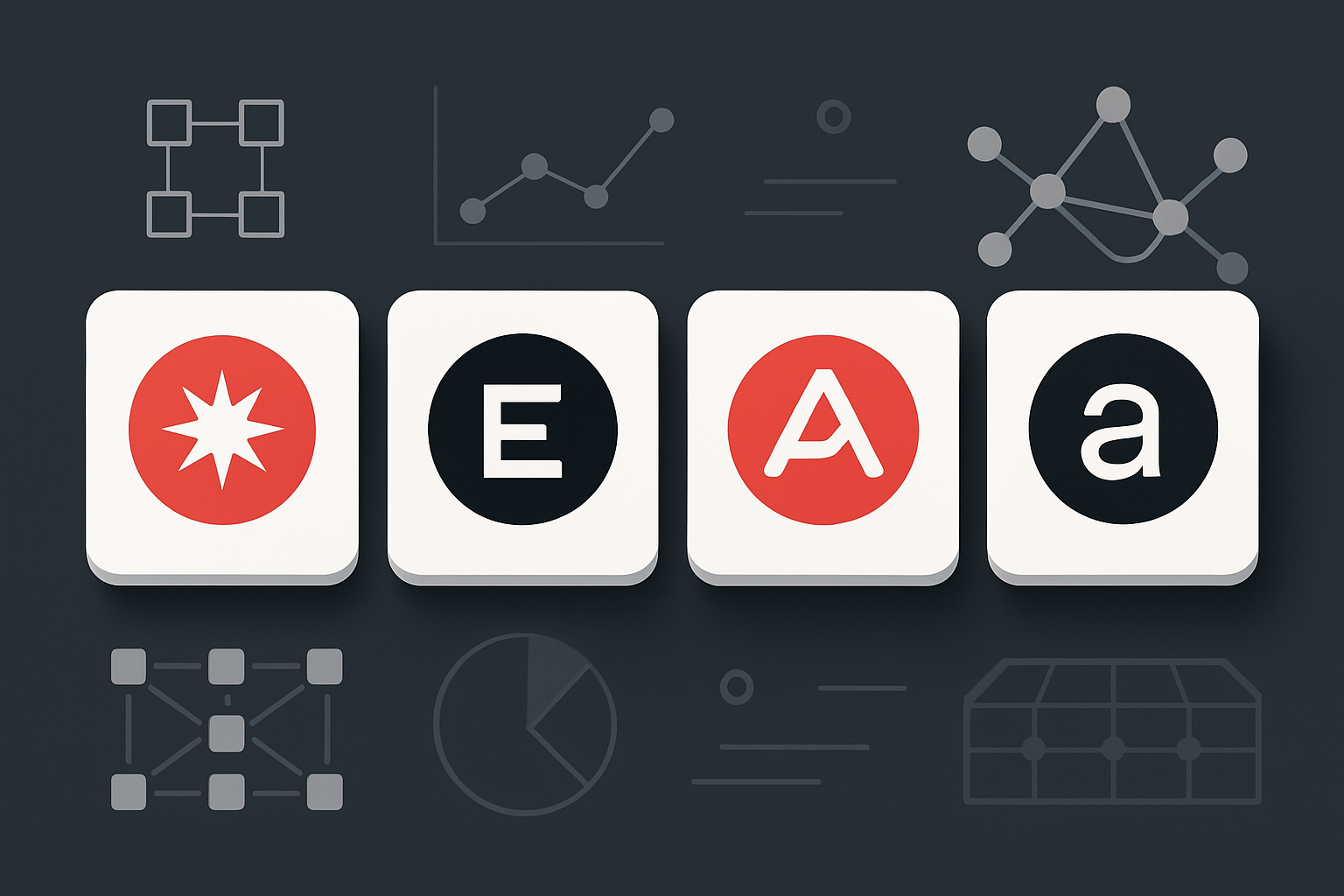
Modular blockchains are rewriting the playbook for how decentralized networks scale, adapt, and secure themselves. Instead of packing every function into a single monolithic chain, modular architecture splits the stack, letting execution, consensus, settlement, and data availability layers each focus on what they do best. The result? Greater flexibility, higher throughput, and more robust security models. But among these layers, data availability (DA) stands out as the silent powerhouse that keeps everything honest and running smoothly.

Why Data Availability Layers Matter in Modular Blockchains
If you want to build scalable rollups or experiment with cross-chain DeFi without trust-minimized bridges, you can’t ignore data availability. The DA layer is responsible for ensuring that transaction data is not just published but actually accessible and verifiable by anyone who wants to check it. Without reliable DA, validators can’t confirm state transitions, and users are left vulnerable to fraud or censorship.
This is why projects like Celestia DA, Avail DA, EigenDA, and new contenders like 0G Labs DA are jockeying for position as the backbone of tomorrow’s modular chains. Each tackles the data availability bottleneck differently, but all share a mission: make sure every byte needed to verify a chain’s history is available at all times.
The Core Functions of Data Availability Layers
A true DA layer does more than just store data, it must:
- Securely store transaction records and state data, making sure nothing gets lost or hidden.
- Validate the accuracy and consistency of stored data, so malicious actors can’t sneak in false transactions.
- Replicate data across many nodes to boost fault tolerance and censorship resistance.
This trio of features is what lets modular blockchains offload execution, think rollups or app-chains, while still keeping verification trustless. For a deep dive into how this enables low-cost rollups without sacrificing security, check out our guide on how modular DA layers enable trust-minimized rollups in Web3.
Evolving Models: From On-Chain Storage to Decentralized Networks
The early days of blockchain relied strictly on on-chain storage, every full node kept a copy of all data. This was simple but quickly became unsustainable as chains grew. Today’s leading DA solutions have evolved two main models:
- Modified On-Chain Storage: Techniques like sharding let nodes only store parts of the chain; Data Availability Sampling (DAS) allows light clients to verify that all data is available by checking random samples rather than downloading whole blocks. Celestia pioneered this approach with DAS as its core innovation.
- Off-Chain Storage: Here you’ll find two flavors:
- Data Availability Committees (DACs): Small groups hold the data off-chain, efficient but introduces centralization risks if committee members collude or go offline.
- Data Availability Networks: Fully decentralized networks like Avail or EigenDA distribute storage across many independent nodes for greater resilience at some added complexity.
This ongoing evolution means builders can now choose between different trade-offs depending on their use case, whether they need maximum decentralization (and are willing to pay for it), or prefer lower costs with some compromise on trust assumptions.
The Big Trade-Offs: Security vs. Scalability vs. Decentralization
No free lunch here: every model comes with trade-offs that shape real-world deployments:
- Security vs. Scalability: Off-chain models scale better but may introduce additional trust assumptions; on-chain approaches maximize security but are costly at scale.
- Decentralization vs. Efficiency: Centralized DACs streamline operations but reduce censorship resistance; fully decentralized networks demand more coordination but offer stronger guarantees for truly permissionless systems.
- Total Cost: On-chain storage remains expensive for high-throughput applications; off-chain models cut costs but require robust sampling or challenge mechanisms to prevent data withholding attacks.
The choice isn’t one-size-fits-all, and that’s exactly why we’re seeing a proliferation of specialized DA solutions tailored to specific needs across DeFi, AI chains (like 0G Labs), gaming rollups, and beyond.
As the DA landscape matures, it’s clear that the future isn’t about a single dominant solution, but a spectrum of highly-specialized layers fine-tuned for different ecosystems. Celestia DA remains the poster child for decentralized sampling and permissionless rollup deployment, slashing developer costs and opening up new design space for app-chains. Avail DA is doubling down on cross-chain compatibility and robust data replication, while EigenDA leverages Ethereum’s security guarantees for L2s that want to anchor their trust model to an established base layer. Meanwhile, 0G Labs DA is pushing boundaries by optimizing throughput and latency specifically for AI-powered blockchains, a niche that’s exploding in demand as on-chain AI inference becomes reality.
Comparison of Leading Data Availability Layers: Celestia, Avail, EigenDA, and 0G Labs DA
| Layer | Scalability | Decentralization | Latency | Unique Features |
|---|---|---|---|---|
| Celestia | High: Utilizes Data Availability Sampling (DAS) for scalable verification; supports high throughput for rollups and L2s. | Strong: Fully decentralized network with permissionless validator set. | Low: Fast block times and finality; optimized for rollup deployment. | First modular DA layer; decouples consensus and DA; supports multiple execution environments. |
| Avail | High: Designed for scalable data storage and rollup support; flexible integration with different chains. | Strong: Decentralized validator set; focus on interoperability. | Low: Fast data propagation; optimized for L2 and rollup use cases. | Interoperable DA network; supports both EVM and non-EVM chains; robust fraud proof mechanisms. |
| EigenDA | Very High: Leverages EigenLayer’s restaking and modular architecture for elastic throughput. | Moderate: Decentralization depends on restaked Ethereum validators; security inherited from Ethereum. | Very Low: Optimized for ultra-low latency to serve high-performance applications. | Restaking-based security; customizable DA service; tight integration with Ethereum ecosystem. |
| 0G Labs DA | Extremely High: Engineered for AI and data-intensive applications; claims superior throughput and scalability. | Strong: Decentralized design with focus on robust node participation. | Ultra-Low: Designed for minimal latency, suitable for real-time AI and blockchain workloads. | Tailored for AI workloads; advanced DA sampling; claims to outperform Celestia and EigenDA in throughput and latency. |
The practical impact? Developers can now architect modular blockchains with granular control over their stack, choosing a DA layer that matches their needs for speed, cost-efficiency, or decentralization. For example, gaming chains might prioritize low-latency DA (think 0G), while DeFi protocols may opt for maximum censorship resistance (Celestia or Avail). The days of one-size-fits-all are over; specialized chains are here to stay. For a deeper look at why 2025 is shaping up as the year of specialized chains, see our feature on modular blockchain architectures.
Breaking Bottlenecks: Innovations Shaping the Next Generation
The next wave of breakthroughs will center on making verification even lighter and more trust-minimized. Data Availability Sampling (DAS) continues to evolve, future iterations could allow mobile devices or IoT nodes to act as light verifiers without running full nodes or downloading massive data sets. This is crucial for onboarding billions of users globally.
Proof-of-Liquidity (PoL)-enabled DA layers are also emerging as a way to align incentives across modular stacks. By letting users stake liquidity provider tokens directly into the security model of a DA network, these solutions promise both deeper security pools and greater capital efficiency, a win-win for DeFi builders and end-users alike.

This isn’t just theoretical; we’re seeing real deployments today. Rollups launching atop Celestia have already demonstrated drastic cost reductions (with some projects reporting ~95% lower costs compared to legacy monolithic chains). Meanwhile, 0G Labs’ high-throughput DA layer is enabling new classes of AI dApps previously impossible due to data bottlenecks.
What Comes Next: The Road Ahead for Data Availability Layers
The race is now on to solve cross-chain data availability, making sure state transitions in one chain can be reliably verified by another without centralized bridges or trusted third parties. Expect major progress here as protocols experiment with multi-dimensional consensus and advanced erasure coding techniques. If you want to get technical about how erasure coding underpins provable data availability in modular chains, check out our explainer on Optimum’s approach with erasure coding.
The bottom line: Data availability layers aren’t just another blockchain component, they’re the linchpin enabling scalable rollups, secure cross-chain DeFi, and truly permissionless networks. As competition heats up between Celestia, Avail, EigenDA, 0G Labs and others, expect rapid innovation, and don’t be surprised if new models emerge that we haven’t even imagined yet.






